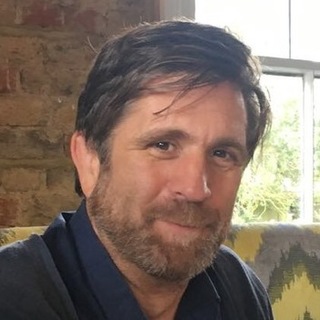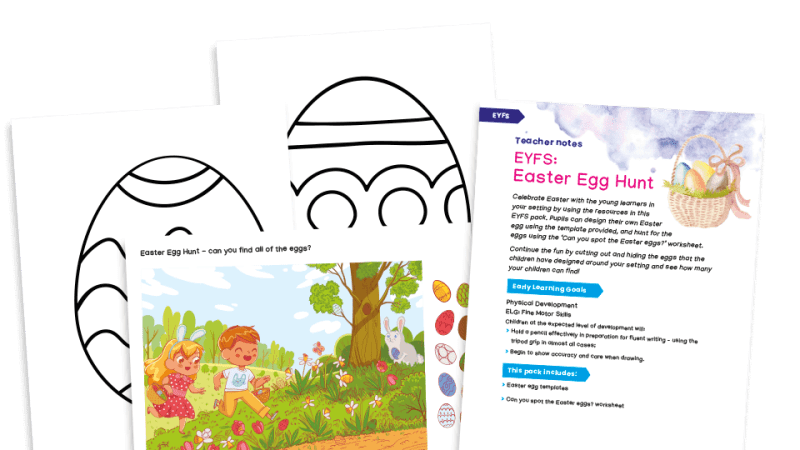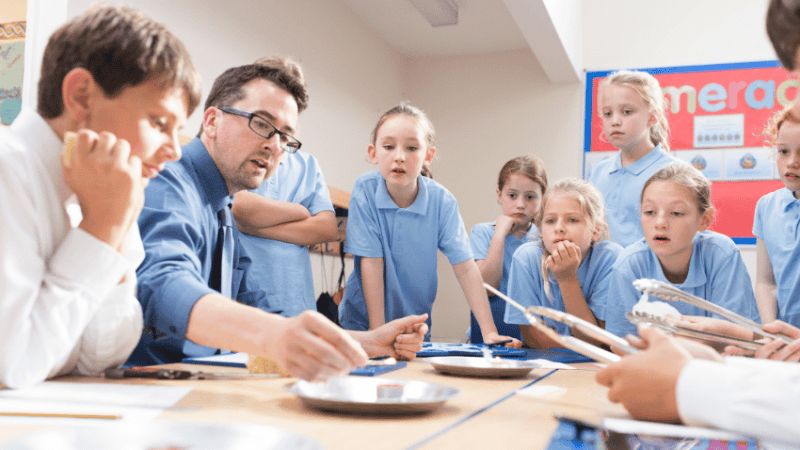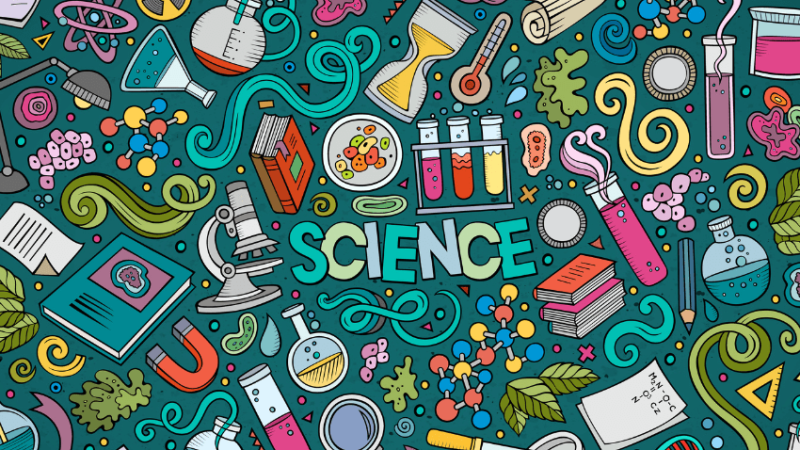8 Ways Pupils can be Inspired by Scientists

The example of figures in the field can encourage children to generate their own questions to explore and develop their understanding further, says Alex Sinclair…

1 | There isn’t just one way
There is still a common belief that there is a unifying scientific method. By studying a range of scientists and highlighting how they worked may help to dispel this misconception.
Children would start to appreciate the “messy” process of carrying out scientific enquiries and understand that many scientists work in different ways rather than just using fair tests.
2 | Challenging inequities
Learning about less famous scientists would give children an awareness of why some in the field are celebrated while others aren’t.
For example, many believe that Ḥasan Ibn al-Haytham was the first scientist.
Why have most people not heard of him? Despite being the first person to discover the complete skeleton of a Plesiosaurus, why wasn’t Mary Anning allowed to speak about this at the Geological Society?
3 | Science is always developing
Children often view being good at science as the ability to learn a set of immutable facts, not that at its cutting edge it’s all about embracing uncertainty.
Recognising what came before and after a particular scientist’s work demonstrates the transformative process of scientific discovery.
By showing how contemporary science is ‘standing on the shoulders of giants’ can give children an appreciation that what they are learning now may be different in years to come.
4 | Fostering curiosity
While it is vital that children are secure in their subject knowledge it is also important that they develop their natural curiosity.
The famous scientist Feynmann commented that “it’s much more interesting to live not knowing than to have answers which might be wrong”.
Identifying a scientist’s quest to find out more would demonstrate this curiosity. If children have the opportunity to interview a scientist, instead of asking them what they do, maybe they should ask: “What questions do you ask? What do you hope to find out?”
5 | Challenging the stereotypes
Many of the well-known historical scientists fit the homogeneous and stereotyped image of being old, male, white, often with ‘wild’ hair and wearing a lab coat.
Identifying a range of contemporary scientists who show a diversity in age, gender, ethnicity, sexuality and who may have a disability can challenge this.
6 | Celebrating science
The study of scientists and what they have achieved helps to exemplify humans’ creative endeavours.
As such, science should be considered an important element of contemporary culture and given as much status as the arts.
How many times have you been asked who your favourite actress, musician or film star is? I am sure that you have one. But what about your favourite scientist? Why aren’t scientists respected in the same way? Could you adopt a class favourite scientist?
7 | Relevance
The positive effects on the motivation of children to learn science when they are introduced to real scientists has been documented.
Now is the opportunity to survey your parents and find out if there are any scientists who are willing to come into school and discuss their work.
This can be enhanced further by inviting in parents who may not be scientists but whose jobs use science (such as a dentist or an electrician) to illustrate the relevance of their work to children’s learning.
8 | Developing science capital
Despite finding lessons interesting and acknowledging that science plays an important role in their lives, certain groups of children don’t view it as a subject or career that they see themselves doing.
There is also evidence to suggest that, for some, this view is formed before they leave their primary school.
Engaging with many of the ideas outlined above may play a role in developing children’s science capital and in addressing this problem.
Alex Sinclair is a senior lecturer at St Mary’s University, Twickenham, and co-author of Standing on the Shoulders of Giants, a science teaching resource providing a framework for studying famous and contemporary scientists.











